
Amazon Product Lab Testing Requirements
For an increasing number of products sold on Amazon.com, third-party lab testing is mandatory. This guide outlines key information Amazon sellers need to know about product lab testing and submitting test reports.
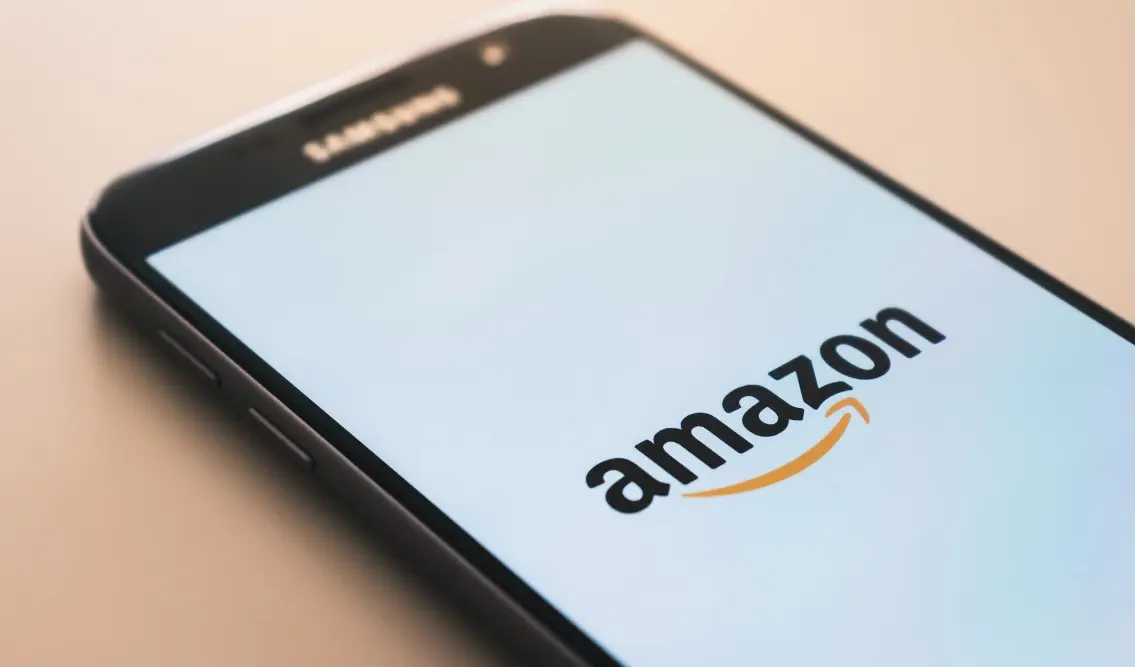
Is lab testing required for all products sold on Amazon?
Amazon requires that products sold on its platform comply with relevant safety standards, substance restrictions, labeling, and certification requirements. If you sell on Amazon.com in the U.S., your products must comply with U.S. regulations. Similarly, products sold on Amazon in Europe must meet EU directives and safety standards.
Therefore, whether lab testing is required depends on the laws of the country or state where the product is sold. That said, all unsafe products are subject to recall, and third-party lab testing is the only reliable way to evaluate product safety and compliance—even when not mandatory.
It’s worth noting that Amazon is under increasing pressure to ensure product safety on its platform, and third-party safety testing may soon become mandatory.
What types of products require lab testing on Amazon?
Mandatory product testing depends on applicable regulations. For example, all children’s products sold in the U.S. must comply with cpsia, which requires testing by a CPSC-accepted lab.
Examples of products that often require lab testing:
• Toys
• Children's products
• Children's furniture
• Medical devices
• Cosmetics
• Power banks
In some cases, Amazon sets standards that go beyond legal requirements. For instance, a few years ago, Amazon.com required all hoverboard sellers to provide valid UL 1642 and UL 60950-1 test reports.
Interestingly, UL standards are voluntary. However, Amazon’s treatment of hoverboard sellers shows that they may require compliance with standards exceeding government regulations. Sellers must be familiar with both regulatory and Amazon-specific requirements.
What kind of test reports does Amazon require?
The type of test report Amazon requires largely depends on the marketplace, product type, and target age group. In theory, Amazon can require any test report that a product must have by law in a given market.
Most test report requests we’ve seen fall into these categories:
a) astm f963-17 Test Report
Required for children’s products sold in the U.S. to comply with ASTM F963-17, as part of cpsia compliance.
b) reach test report
REACH restricts chemicals and heavy metals in consumer products sold in the EU or UK. Amazon may request REACH test reports for various products, including jewelry and accessories.
c) CE Test Report
Required for toys, electronics, PPE, medical devices, and many other products sold in the EU. Using the CE mark requires technical compliance with harmonized standards, which involves lab testing.
d) ul test report
While compliance with UL standards in the U.S. is usually voluntary, CPSC recommends it for certain products. Amazon also requires UL compliance for specific product types.
How do I determine what testing is required for my product?
Amazon’s Product Safety Guidelines are available on Seller Central. Some of the covered product categories include:
• Drawstrings on children's clothing
• Children's jewelry
• Children's products
• Toys sold in the U.S.
• Power banks
• String lights
Amazon often lists the mandatory standards and test reports required.
Example: Power Banks
• ul 2056 Certification
• Or ul 2054 and UL 60950-1
• Or UL 62133 and UL 60950-1
Example: Children’s Jewelry
• astm f2923-14
• CSPA Phthalates and Cadmium
You may also consult a third-party testing company to assess applicable safety standards and testing requirements.
Which lab testing companies does Amazon accept?
It depends on the product. For example, children’s products must be tested by a lab recognized by the Consumer Product Safety Commission (CPSC). This is not specific to Amazon—it’s a legal requirement for all children's products sold in the U.S.
For certain product categories (e.g., power banks), Amazon may require labs to be certified (e.g., ILAC ISO 17025).
How do I submit test reports to Amazon?
When required, Amazon typically contacts the seller to request test reports, which can be submitted via email. Amazon may request reports after listing a product or at a later time. Failure to provide test reports can lead to product removal.
How much time do I have to submit test reports?
Amazon generally allows up to 30 days to submit required testing documentation.
When should Amazon sellers schedule lab testing?
You should not wait until Amazon requests a test report to schedule lab testing. Testing can take over 30 days, and if your product fails at that stage, you may need to discard affected inventory.
Your product must be tested and verified as compliant before your supplier ships anything to Amazon or your own warehouse.
Why would Amazon request a test report unrelated to my product?
Amazon may suddenly decide that products in certain categories must comply with specific regulations or standards.
This happened in 2015, when Amazon removed all hoverboards not meeting specific UL standards. In 2023, some backpack sellers were asked for cpsia test reports—even though they believed their backpacks were not children’s products.
Certain product claims (e.g., therapeutic benefits) can also trigger test report requests.
Can I dispute Amazon’s test report requests?
You can try, but success is unlikely. Disputing a test report request isn’t like contesting a parking ticket.
Your product is either safe and compliant—or it’s not. If it is, you must have a test report to prove it. If you don’t, then there is no evidence that your product is safe or compliant.
Amazon has the right to verify compliance, and its compliance team is unlikely to back down.
Can I use my supplier’s test report?
Some sellers try to use existing test reports held by suppliers. This is often not feasible due to several reasons:
1) The test report must apply to the exact same product/SKU—not similar or different items.
2) For some products, the test report must apply to the same production run—old reports may not be valid.
3) Reports in the supplier’s name may not be linked to your specific product, especially if you’re buying from a trading company that provides a manufacturer’s test report. Some regulations also require the importer to hold the report.
In rare cases, you can use a supplier’s test report, but only when all criteria are met.
Email:hello@jjrlab.com
Write your message here and send it to us
 What are ASTM F963 and CPSIA?
What are ASTM F963 and CPSIA?
 Comparison of ASTM F963 and EN 71
Comparison of ASTM F963 and EN 71
 How to get CSA C22.2 NO.256:14 Test Report?
How to get CSA C22.2 NO.256:14 Test Report?
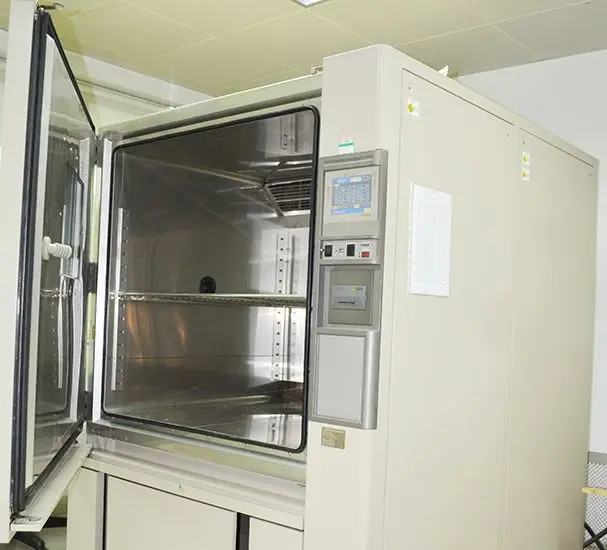 How much is the ISTA Amazon Packaging & Shippi
How much is the ISTA Amazon Packaging & Shippi
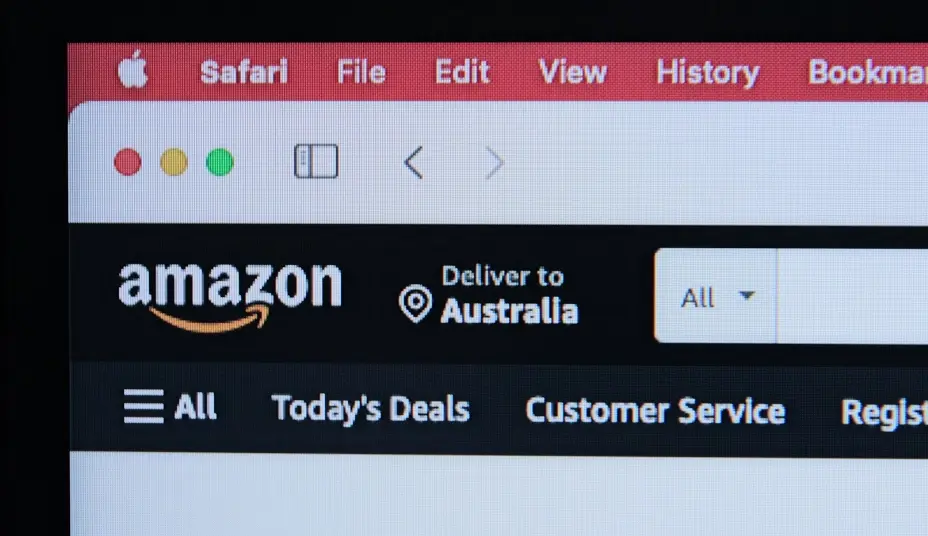 Amazon Product Laboratory Testing Requirements
Amazon Product Laboratory Testing Requirements
 How to Get EPA Certificatio
How to Get EPA Certificatio
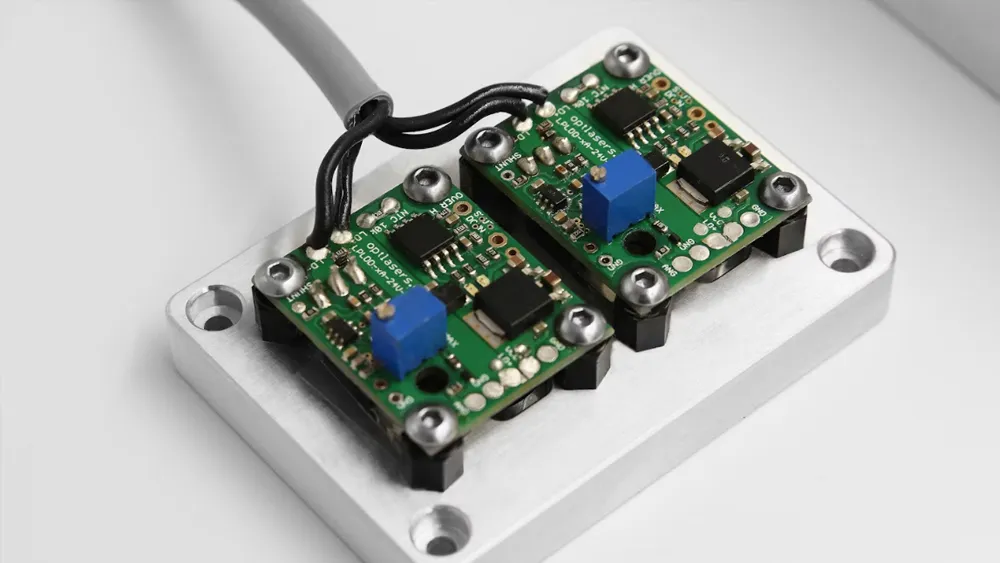 What is EPA Certification in the United States?
What is EPA Certification in the United States?
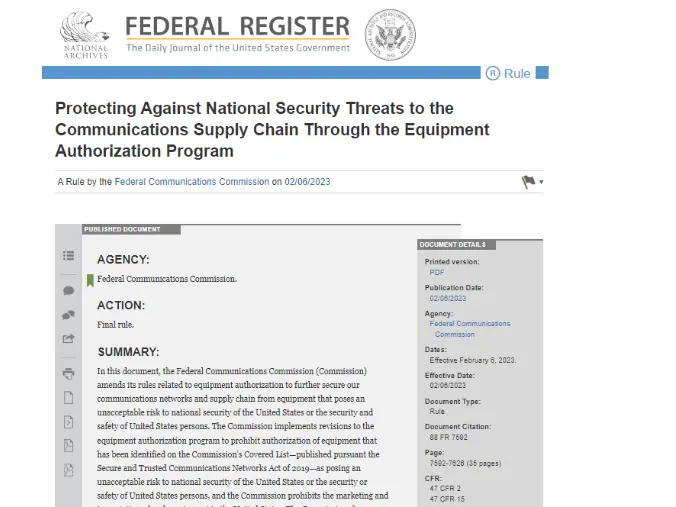 What is an FCC Registered Agent?
What is an FCC Registered Agent?
Leave us a message
24-hour online customer service at any time to respond, so that you worry!




